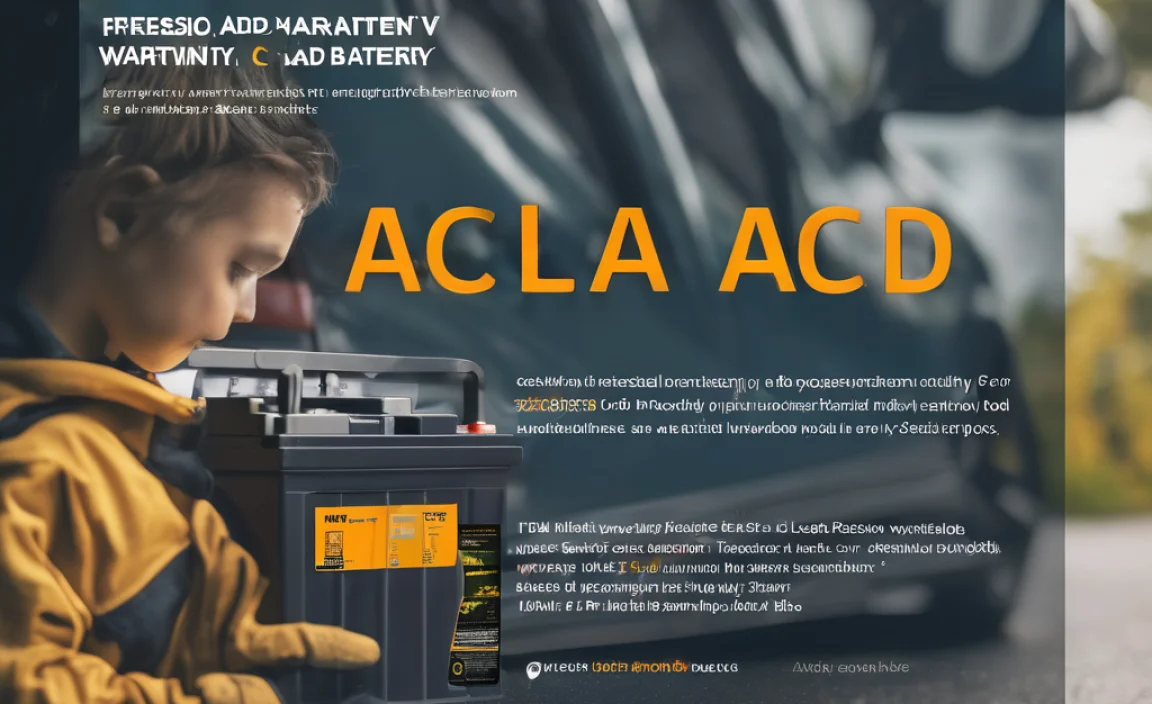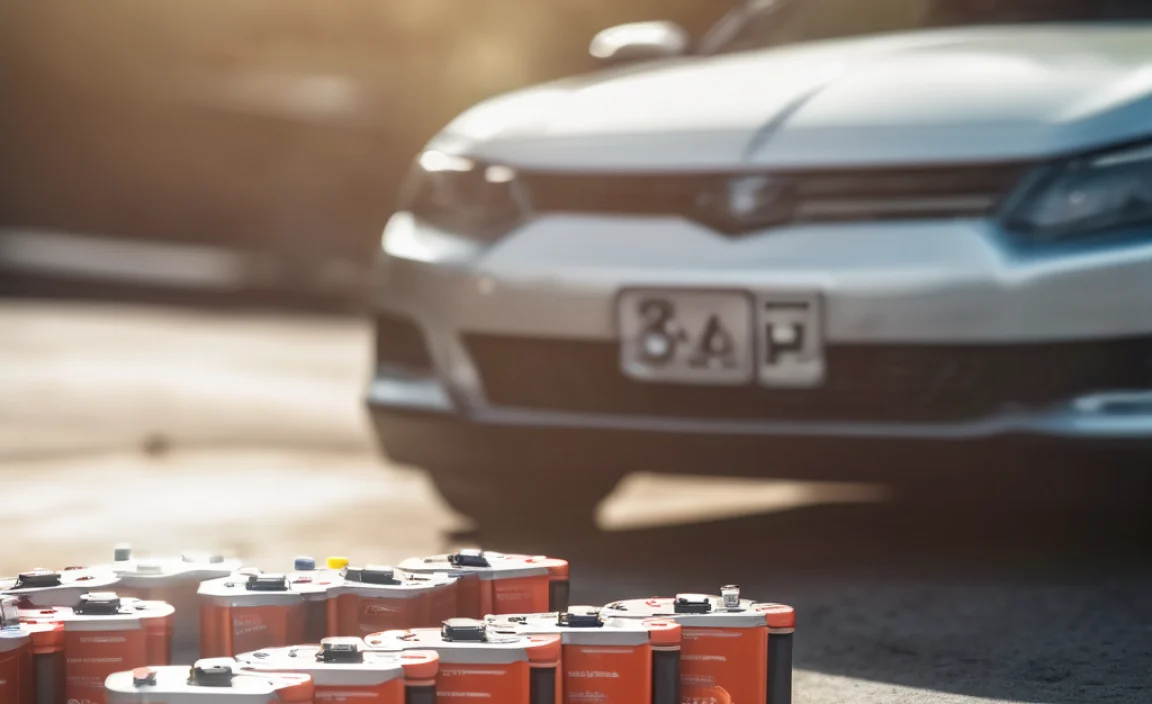TSA lithium battery rules are designed to ensure the safety of air travel by mitigating the risks associated with these powerful energy sources. Lithium-ion batteries, while ubiquitous in our modern lives, powering everything from smartphones and laptops to electric vehicles and medical devices, can pose a fire hazard if damaged, short-circuited, or improperly handled. The Transportation Security Administration (TSA) has established a comprehensive set of regulations to govern the carriage of these batteries on commercial aircraft. Understanding these rules is crucial for all travelers to avoid confiscation of devices, travel disruptions, or even more serious incidents.
The core of the TSA’s policy revolves around battery chemistry and capacity. Lithium-ion batteries are categorized based on their lithium content. Larger lithium-ion batteries, generally those found in power banks and certain portable electronic devices, are subject to stricter regulations than the smaller batteries integrated into everyday gadgets like phones and laptops. The capacity of these batteries is measured in watt-hours (Wh), a metric that takes into account both voltage and amp-hour capacity.
Understanding the Nuances of TSA Regulations for Lithium Batteries
The distinction between spare batteries and batteries installed in devices is significant under the TSA lithium battery rules. Generally, spare lithium-ion batteries, including those for power banks, are strictly prohibited in checked baggage. They must be carried in your carry-on baggage only. This is a critical point that many travelers overlook. The rationale behind this rule is that if a spare battery were to ignite in the cargo hold, the crew would have no immediate way to address the fire. In the cabin, however, a fire can be more readily detected and managed.
Lithium-metal batteries, often found in devices like watches, calculators, and some cameras, are also subject to TSA regulations. These batteries have a different chemical composition and are typically found in smaller, non-rechargeable formats. For lithium-metal batteries, the TSA sets limits on the amount of lithium content. Batteries containing more than 2 grams of lithium are usually prohibited in both checked and carry-on baggage.
For the more common lithium-ion batteries, the capacity limit for carry-on baggage is generally up to 100 Wh per battery. Most personal electronic devices, such as laptops, tablets, and smartphones, fall well within this limit. If you have a device with a battery that exceeds 100 Wh but is less than 160 Wh, you may be permitted to carry it in your carry-on baggage, but only with the approval of the airline. The TSA explicitly states that airlines have the final say on these larger batteries. Batteries exceeding 160 Wh are typically prohibited from all passenger aircraft.
Carry-On vs. Checked Baggage: A Crucial Distinction
When packing for a flight, it’s essential to be mindful of where you place your electronic devices and their associated batteries. As mentioned, spare lithium-ion batteries, power banks, and e-cigarettes must travel in your carry-on. Devices with batteries installed, like laptops and tablets, can generally be placed in either checked or carry-on luggage. However, the TSA strongly advises carrying these essential devices with you in the cabin. This is not only to comply with the spare battery rules but also to protect your valuable electronics from potential damage or theft in checked baggage.
Furthermore, it’s important to ensure that spare batteries are protected from short circuits. This means placing them in their original packaging, a battery case, or a plastic bag. Taping over exposed terminals or placing each battery in its own separate bag can prevent accidental contact between batteries or with conductive materials, which can lead to a short circuit and potential fire.
Navigating the Rules for Specific Devices
The complexities of the TSA lithium battery rules can be particularly confusing when dealing with specialized equipment. For medical devices that rely on lithium batteries, such as portable oxygen concentrators (POCs) or CPAP machines, the TSA generally allows these in both carry-on and checked baggage. However, there are specific requirements. Spare batteries for these medical devices must be carried in carry-on baggage and protected from damage. It’s always recommended to inform your airline in advance if you are traveling with any critical medical equipment that uses lithium batteries.
Electric wheelchairs and other mobility devices often use large lithium batteries. The TSA has its own set of regulations for these, which typically involve the battery being installed in the device and the device being designed to prevent accidental activation. In some cases, the battery may need to be removed and transported separately in carry-on luggage, again with airline approval. Thoroughly checking with your airline and the TSA website well in advance of your travel date is paramount for these situations.
Common Misconceptions and Best Practices
A common misconception among travelers is that all batteries are allowed in checked luggage. This is far from the truth, especially for the powerful lithium-ion batteries that power many of our modern conveniences. Another area of confusion arises with the term “power bank.” These portable chargers fall under the category of spare batteries and therefore must be in carry-on luggage.
To ensure a smooth travel experience and to maximize compliance with the TSA lithium battery rules, consider these best practices:
Know your battery’s Watt-Hour (Wh) rating: This information is often printed on the battery itself or can be found in the device’s manual. If it’s not clearly marked, err on the side of caution and assume it’s subject to stricter regulations.
Prioritize carry-on for all spare batteries and power banks: This is the safest bet and the most common requirement.
Protect spare batteries from short circuits: Use original packaging, battery cases, or tape over terminals.
Check with your airline: For any question marks regarding battery capacity or specific devices, contacting your airline directly is always the best course of action.
* Familiarize yourself with the TSA website: The TSA’s official website provides up-to-date and detailed information on all its regulations, including those for lithium batteries.
By understanding and adhering to the TSA lithium battery rules, travelers can significantly reduce the chances of encountering problems at security checkpoints and contribute to a safer air travel environment for everyone. Preparation and awareness are key to navigating these often-complex regulations.


